הנס הופמן(1880-1966)
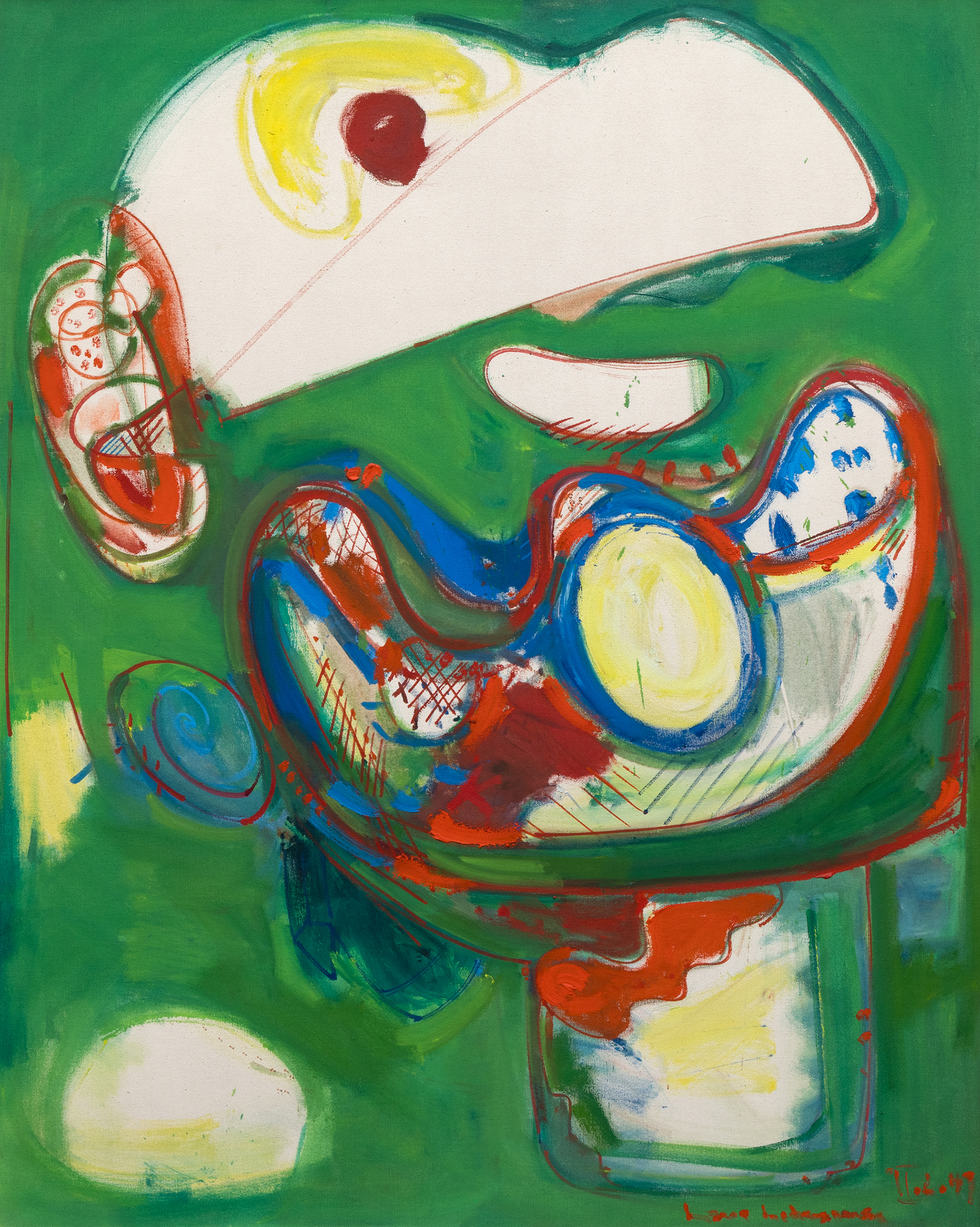
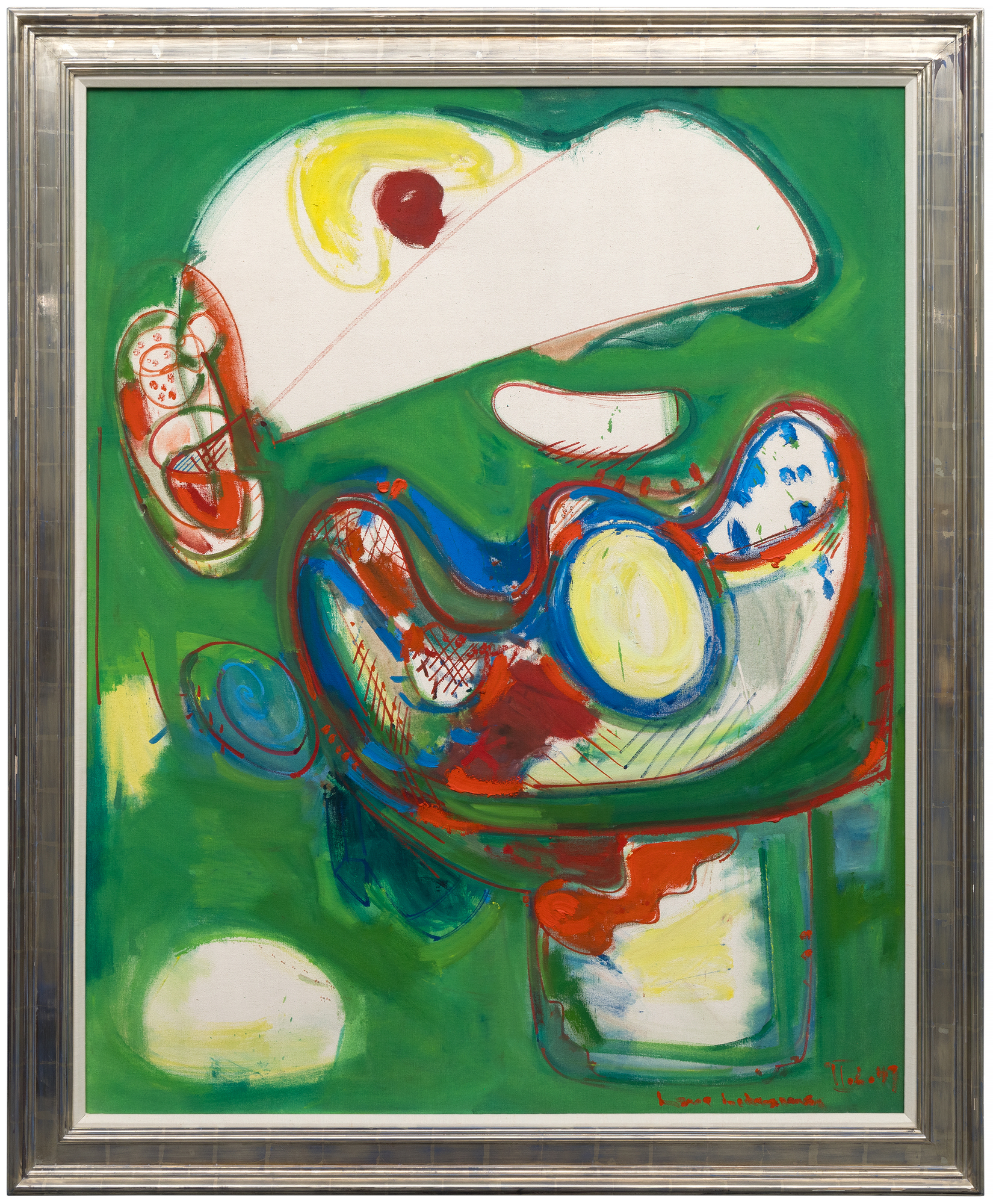
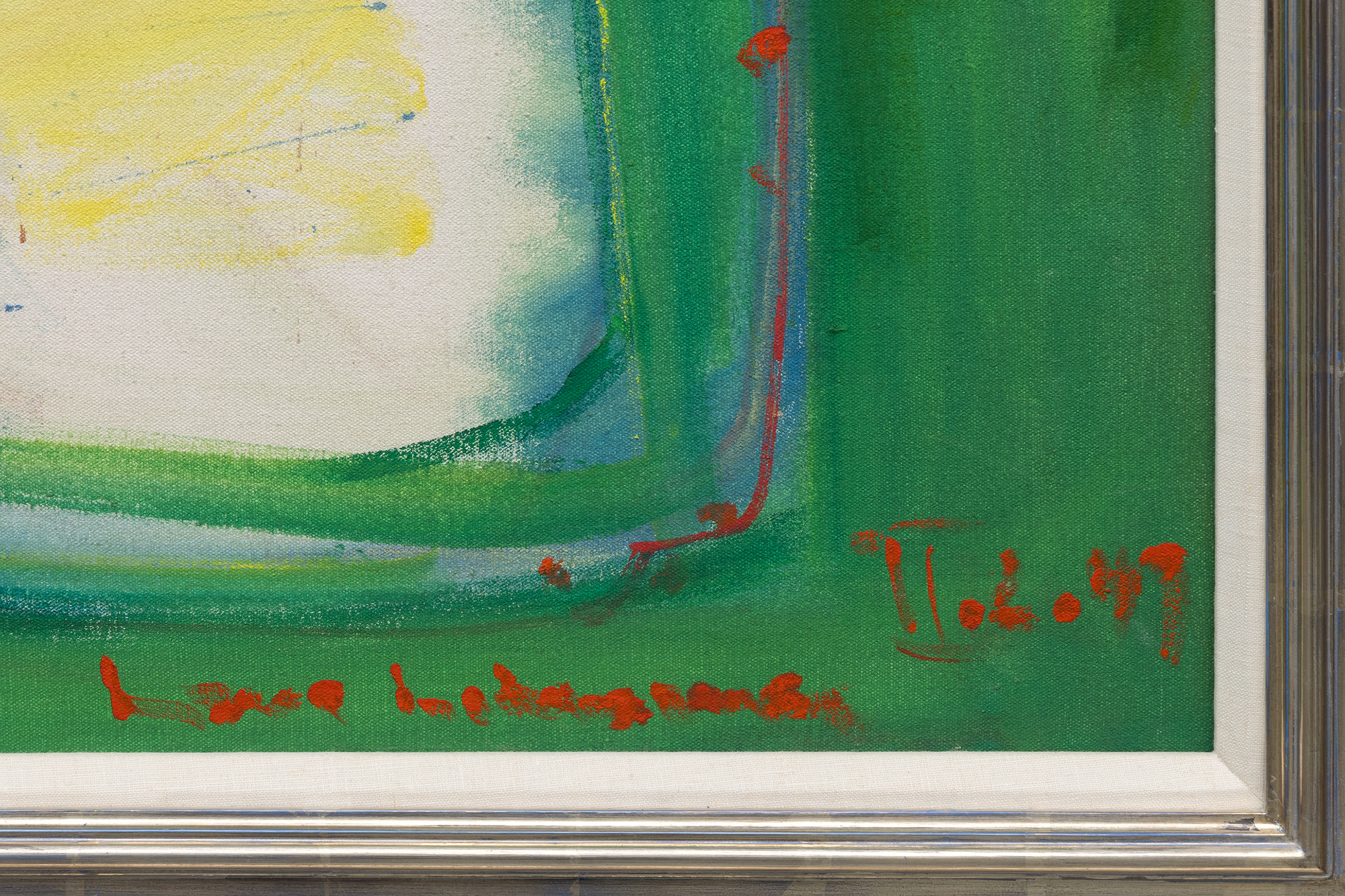




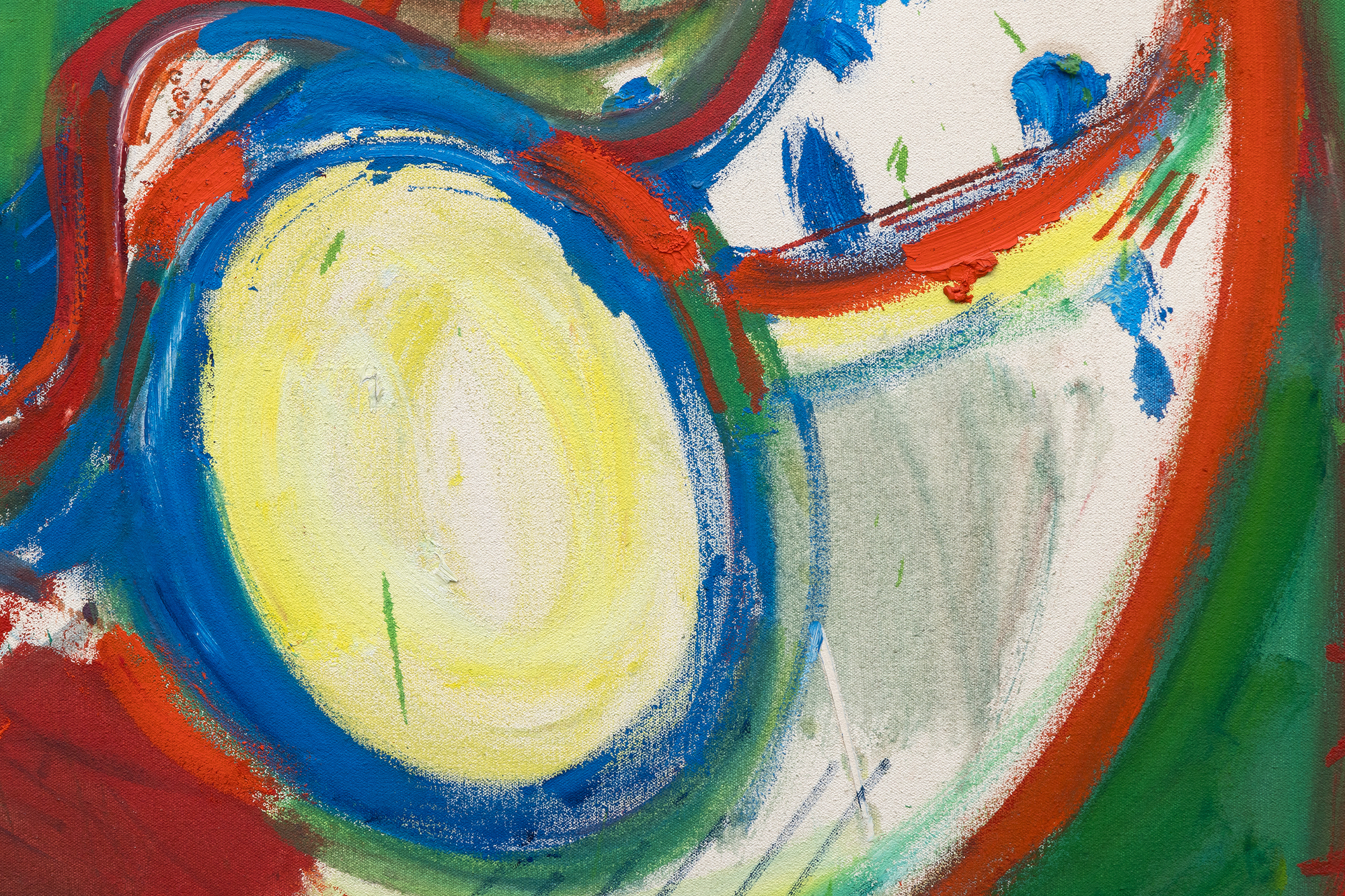
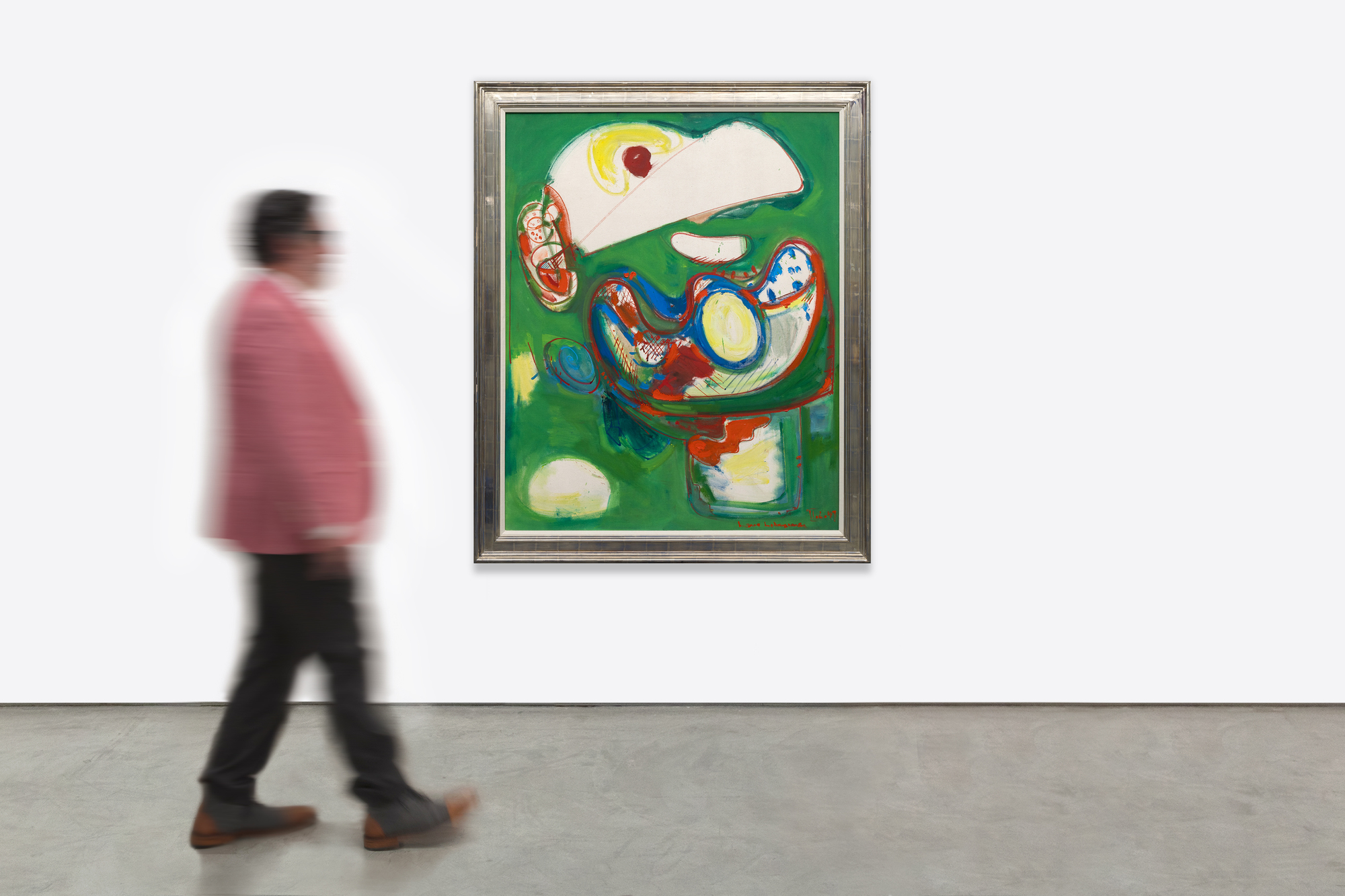
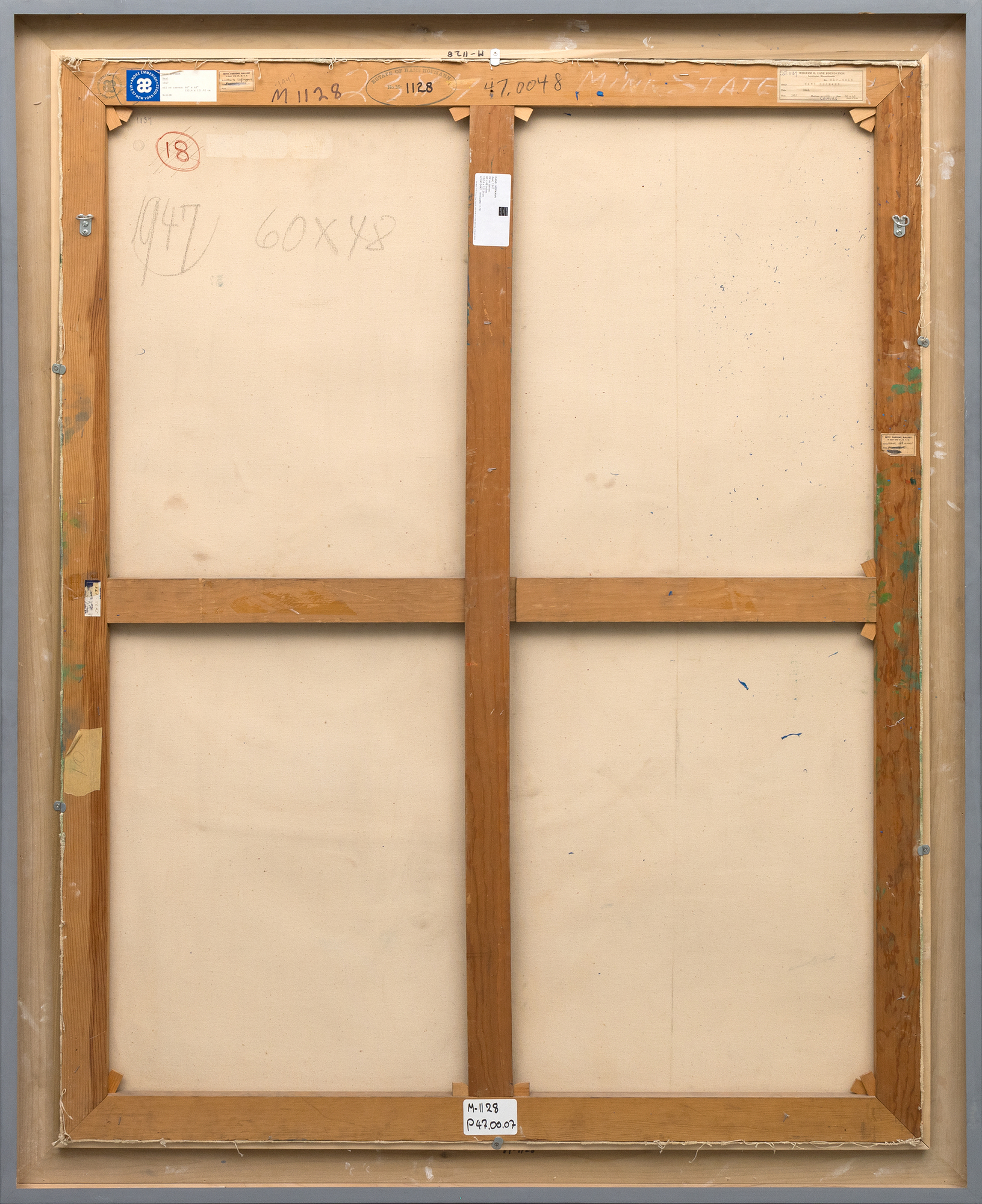
מקור ומקור
גלריה אנדרה אמריך, ניו יורקעזבונו של הנס הופמן
Ameringer & Yohe Fine Art, ניו יורק
אוסף פרטי, ניו ג'רזי
תערוכה
ניו יורק, ניו יורק, גלריית בטי פרסונס, הנס הופמן: עבודות אחרונות, 24 במרץ - 12 באפריל, 1947, בתור הפניקס השלישיתסנט פול, מינסוטה, יריד מדינת מינסוטה, בתור פיניקס השלישי, 1947
פריז, Galerie Maeht, Hans Hofmann, Peintures, 7 בינואר - 9 בפברואר 1949
ניו יורק, ניו יורק, גלריה אנדרה אמריך, הנס הופמן: השנים שלאחר המלחמה: 1945-1949, 12 בינואר - 18 בפברואר 1989
חדש יו... עוד...rk, ניו יורק, אמרינגר יוהה, הנס הופמן: הלא מודע הבלתי מבויש; הרהורים על הופמן וסוריאליזם, 30 במרץ - 29 באפריל, 2006
ספרות
גלריה אנדרה אמריך, הנס הופמן: השנים שלאחר המלחמה: 1945-1949, ניו יורק, 1989, עמוד 1. 5 (מצויר בצבע)Jed Perl, Hans Hofmann, the Unabashed Unconscious: Reflection on Hofmann and Surrealism, New York, 2006, p. 36 (אייר בצבע)
Suzi Villiger, Hans Hofmann: Catalogue Raisonne of ציורים, כרך II, Surrey, 2014, HH cat. לֹא. 1137-1947, עמ'. 392 (אייר בצבע)
... פחות... מחיר 715,000
בעל, שצויר בגיל 65, מציג גם את נכונותו של הופמן לבקר מחדש בדיסציפלינות קודמות תוך התמודדות עם אתגרי ההפשטה של אמצע המאה. הפלטה התוססת שלו והשימוש הנועז בצבעים משלימים, במיוחד השילוב של אדום וירוק, מגבירים את הדינמיות של הציור. עבודת המכחול השרירית שלו משקפת גם את ניסוי חייו במתח שבין צורה לחופש; קווים גליים וצורות ביומורפיות מעוררים את ההשפעה הסוריאליסטית של מירו ואת התהודה הרוחנית של ההפשטות המחוות של קנדינסקי. כמו קודמיו אלה, הופמן ביקש לתרגם את "הצורך הפנימי" לביטוי חזותי, המונחה על ידי דמיונו הפורה. עם זאת, האלמנטים המישוריים והצורות העקומות של בעל משקפים גם את השפעתו של ציור האלתור, סימן ההיכר של האקספרסיוניזם המופשט כפי שנהוג על ידי בני זמננו כמו ארשיל גורקי, בין היתר. זהו קומפוזיציה שופעת תנועה ואנרגיה, מרמזת על קוסמוס בשטף - כאוטי אך מכוון.
הוצג באותה שנה בגלריה בטי פרסונס בניו יורק, בעל מסמן את האבולוציה של הופמן כמאסטר וכחדשן. עם הדינמיות החיה והכותרת הסמלית שלו, הציור מייצג את יכולתו של הופמן להחדיר בהפשטה כוח יסודי, תוך יצירת חקר אישי עמוק של צורה וצבע.


